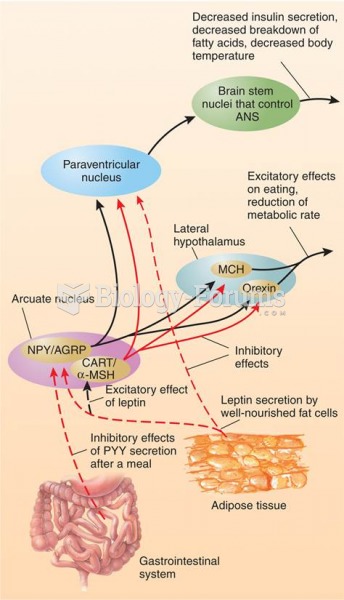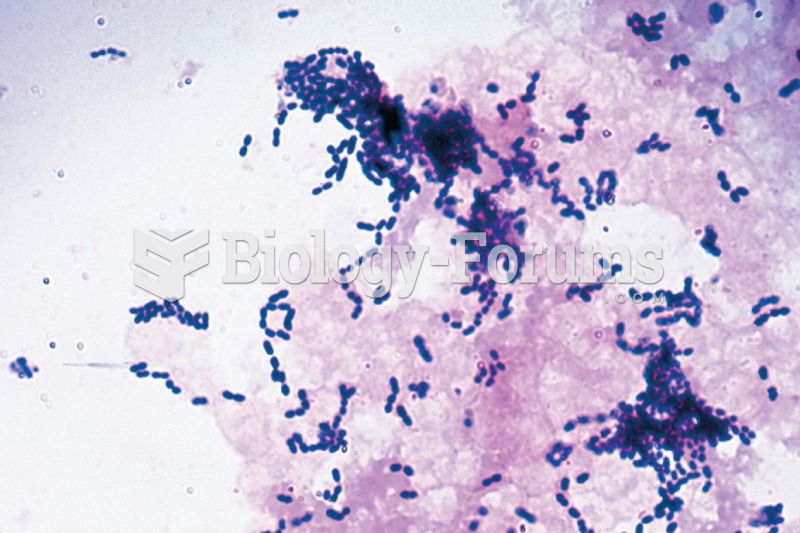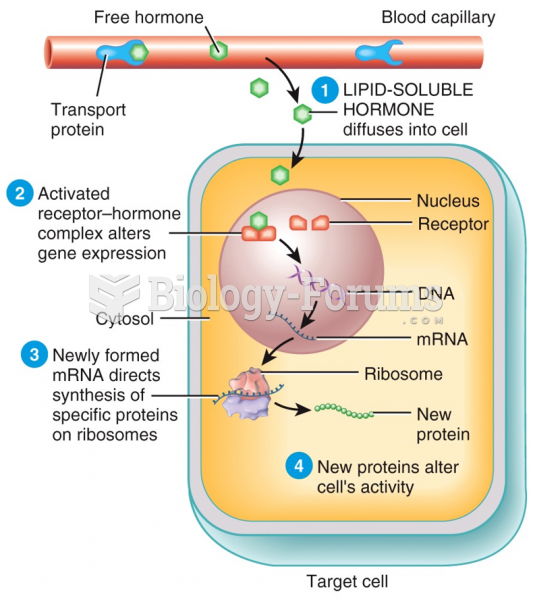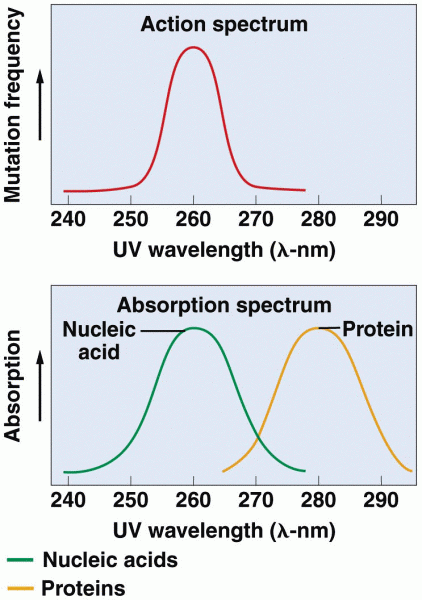Answer to Question 1
Positive Action Through Holistic Education (PATHE) is a comprehensive program used in secondary schools that reduces school disorder and aims to improve the school environment.
The goal is to enhance students' experiences and attitudes about school by increasing their bonds to the school, enhancing their self-esteem, and improving educational and occupational attainment. These improvements will help reduce juvenile delinquency.
PATHE was initially operated in four middle schools and three high schools in South Carolina.
It focused on four elements: strengthening students' commitment to school, providing successful school experiences, encouraging attachment to the educational community, and increasing participation in school activities.
By increasing students' sense of belonging and usefulness, the project sought to promote a positive school experience.
The PATHE program has undergone extensive evaluation by sociologist Denise Gottfredson, who found that the schools in which it was used experienced a moderate reduction in delinquency. Replications of the project are currently under development.
Student views will vary.
Answer to Question 2
Two reviews capture the broad-scale effectiveness of family-based prevention programs. The first one involved a meta-analysis of the effects of early prevention programs that included parents and children up to age five.
Eleven high-quality studies were included that covered a variety of program modalities, including home visitation, family support services, and parental education (improvement of core parenting skills).
Results showed significant effects across a number of important domain outcomes, including educational success, delinquency, cognitive development, involvement in the justice system, and family well-being. Program duration and intensity were associated with larger effects, but not multi-component programs.
This latter finding goes against much past research, including the latest results on the effectiveness of the Fast Track multi-component, multi-site prevention program.
The second one involved a systematic review and meta-analysis of the effects of early family/parent training programs for children up to age 5 years on antisocial behavior and delinquency.
It included 55 randomized controlled experiments and investigated the full range of these programs, including home visits, parent education plus daycare, and parent training. Results indicated that early family/parent training is an effective intervention for reducing antisocial behavior and delinquency.
These programs also produce a wide range of other important benefits for families, including improved school readiness and school performance on the part of children and greater employment and educational opportunities for parents.
Significant differences were not detected across program type, such as traditional parent training versus home visiting.
Student views will vary.







